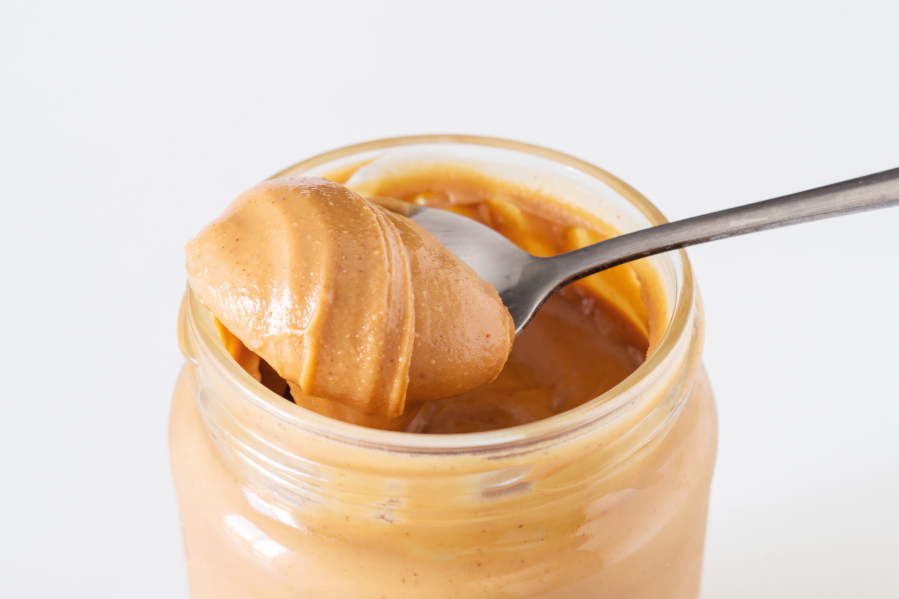As children, my brother and I would heavily debate the merits of creamy vs. crunchy peanut butter; I was partial to extra crunchy, while he preferred his smooth as Skippy. Children these days have much more to debate than just the crunch. Many other nut and seed butters have entered the market, made from nuts such as walnuts and cashews and seeds such as sunflower, pumpkin or even watermelon. Some varieties are flavored with honey, vanilla or sea salt; others include chocolate, making them reminiscent of a popular peanut butter cup or hazelnut spread.
How do these new products, which are often more costly, stack up against traditional peanut butter?
In a nutshell, all nut and seed butters, including those made from peanuts, can be good sources of healthy fats, protein and fiber, along with vitamins A and E for skin, zinc for immunity, magnesium for stress management, iron for energy, and potassium for muscles. A large study done by Harvard Medical School, among other researchers, showed that people who eat a daily serving of nuts were 20 percent less likely to die of any health cause, 29 percent less likely to die of heart disease and 11 percent less likely to die from cancer over a 30-year follow-up period.
Although all nut and seed butters have most of the nutrients and health benefits mentioned above, each variety has its own distinct nutrition profile along with its own distinct flavor. This means you should choose the one you like best or, even better, eat a variety, so your body obtains different nutrient combinations. Remember, a serving size is two tablespoons.



